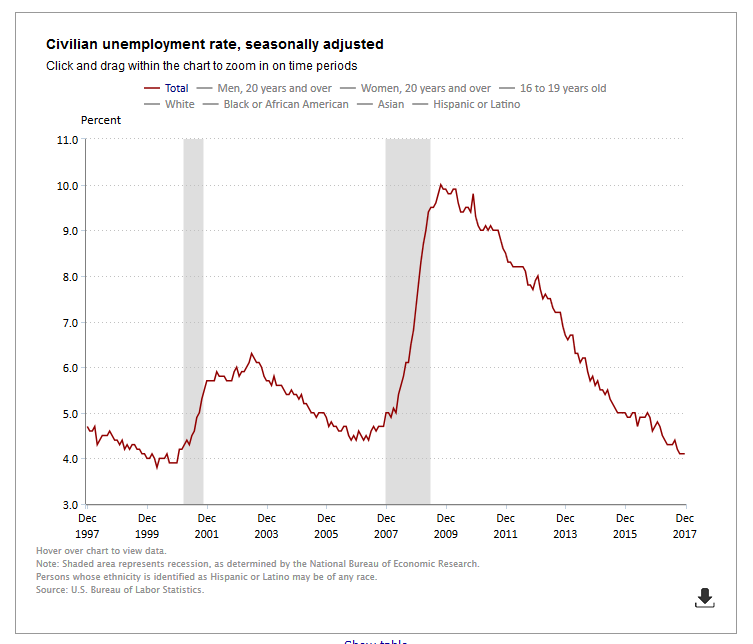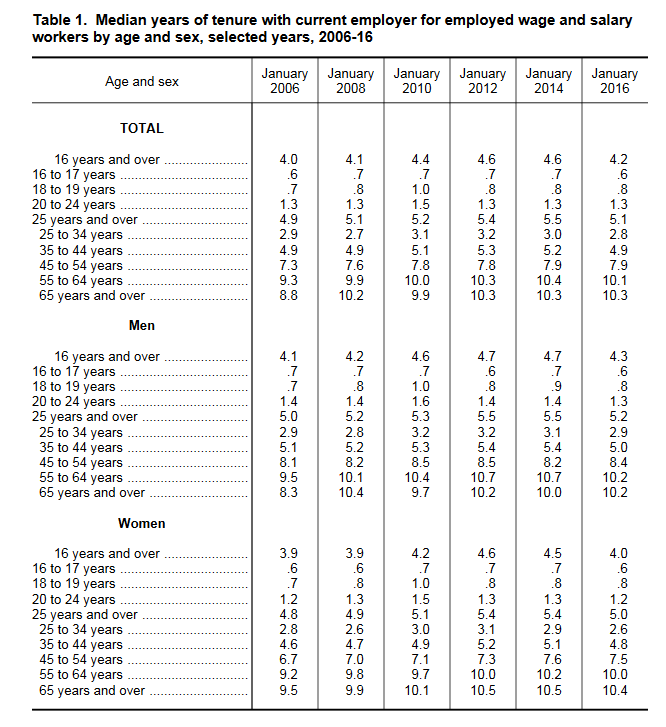Employment Blog January 2018
This report is from the Bureau of Labor Statistics, U S Department of Labor. Nonfarm payroll employment rose by 148,000 in December, and the unemployment rate was unchanged at 4.1 percent. Employment increased in health care, construction, and manufacturing. Job growth totaled 2.1 million in 2017, compared with a gain of 2.2 million in 2016. Incorporating revisions for October and November, which decreased nonfarm payroll employment by 9,000 on net, monthly job gains have averaged 204,000 over the past 3 months. See charts 1 and 2 below.
In December, employment in health care increased by 31,000. Over the month, employment continued to trend up in ambulatory health care services (+15,000) and hospitals (+12,000).
In 2017, health care added 300,000 jobs, less than the increase of 379,000 jobs in 2016.
Construction added 30,000 jobs in December. Specialty trade contractors accounted for most
of the gain (+24,000). Construction employment rose by 210,000 in 2017, compared with
its 2016 gain of 155,000.
Manufacturing added 25,000 jobs in December. Within the industry, employment grew in machinery (+6,000), fabricated metal products (+5,000), primary metals (+3,000), and
semiconductors and electronic components (+2,000). In 2017, factory employment increased by 196,000, following little change in 2016.
Employment in food services and drinking places changed little in December (+25,000). Over the year, the industry has added 249,000 jobs, about in line with a gain of 276,000 in 2016.
Employment in professional and business services was little changed in December (+19,000). In 2017, this industry added 527,000 jobs, in line with its 2016 gain.
Employment in retail trade was also little changed in December (-20,000). Within the industry,
employment declined by 27,000 in general merchandise stores. Employment in retail trade
edged down in 2017 (-67,000), following a gain of 203,000 in 2016.
Employment in other major industries–mining, wholesale trade, transportation and warehousing, information, financial activities, and government–changed little in December.
The median number of years that wage and salary workers had been with their current employer was 4.2 years in January 2016, down from 4.6 years in January 2014, the U.S. Bureau of Labor Statistics reported today. See Chart 3 below.



